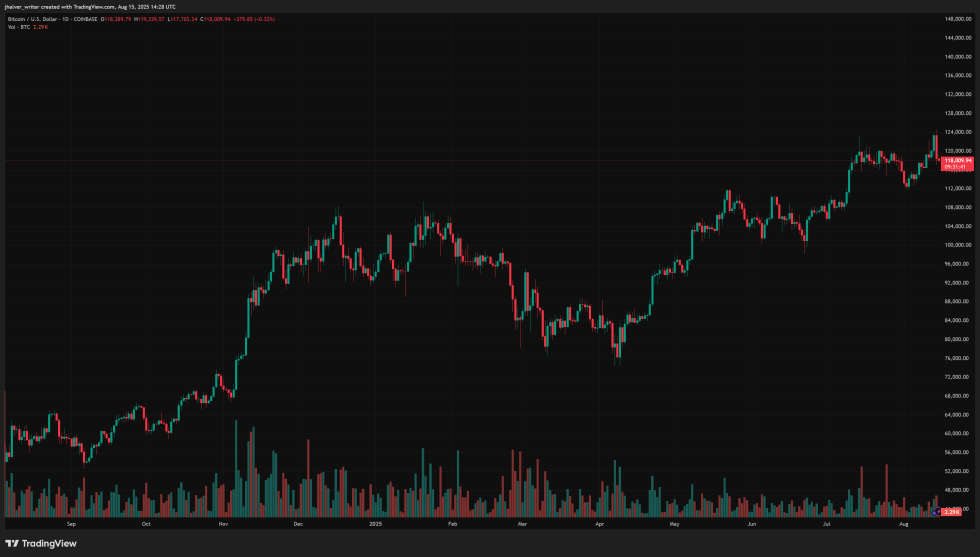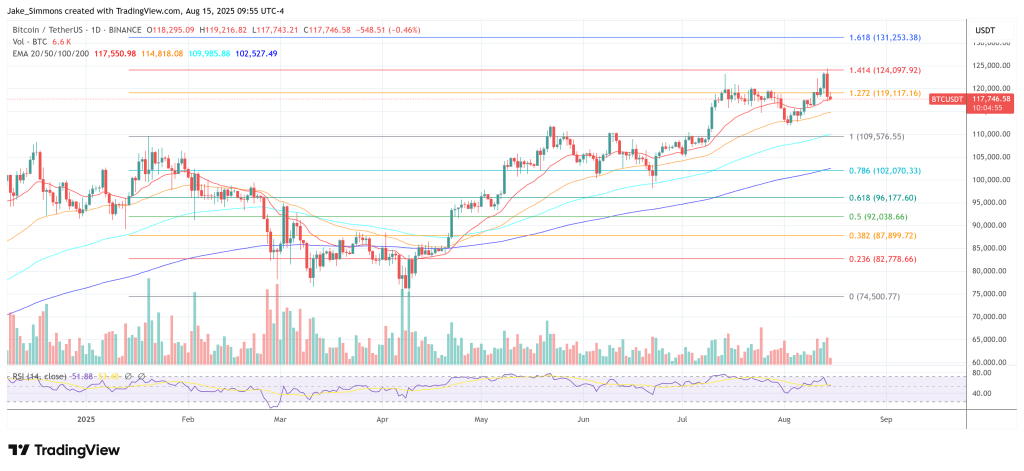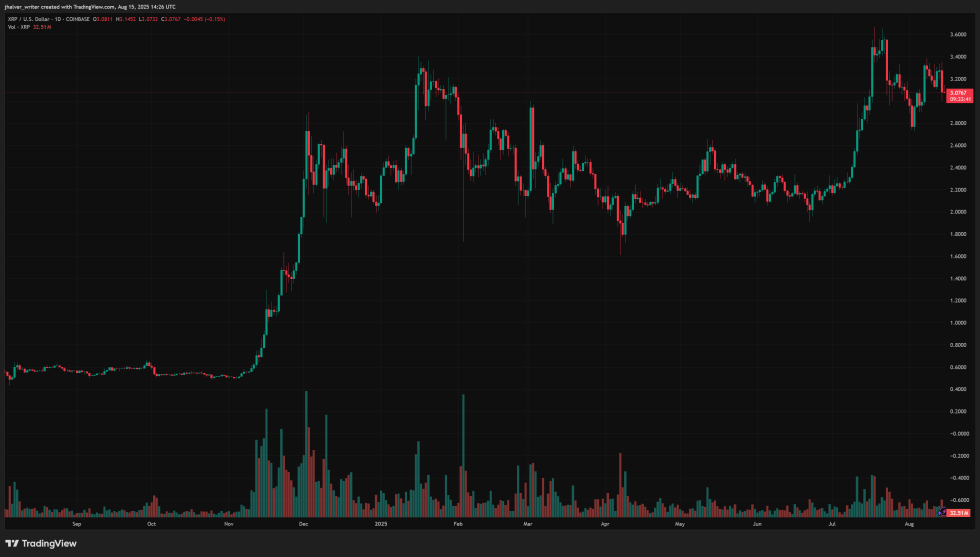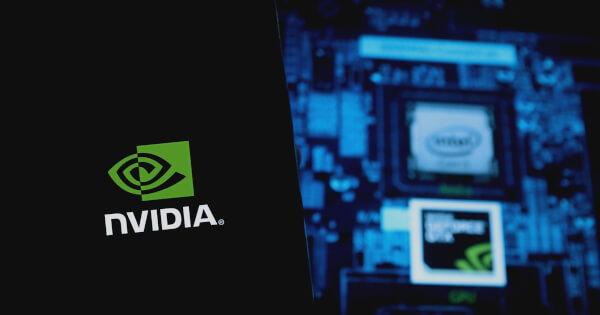Look into the blockchain you invest in.
Do not just take the marketing material or a social media post at face value. Take the time to understand how it works, where it runs, and who controls it. Many people assume that because something is called a blockchain it is automatically fully on chain, but that is rarely the case. Aside from value focused blockchains like Bitcoin, and execution focused blockchains such as Ethereum, the only major platform that runs everything including compute, storage, governance, and execution fully on chain is the Internet Computer Protocol. Most others are hybrids at best or partially centralized ledgers presented as blockchains.
When we talk about a blockchain being on chain we are talking about more than just recording transactions in a public ledger. It means the application logic, state changes, and data storage actually live on the blockchain itself where they are verifiable, tamperproof, and run without reliance on third party servers. In a true on chain model, everything from the code to the data is hosted and executed by the decentralized network. Remove a node or even multiple nodes and the system continues running because no part of it depends on a single party’s infrastructure.
Most blockchains do not operate this way. They run a consensus layer on chain to record transactions, but push the heavy lifting off chain. Smart contracts often store pointers to data rather than the data itself. Applications usually run their frontends and backends on centralized services like AWS, Google Cloud, or other traditional hosting. Even in networks with many validators, the core application stack can still be dependent on centralized infrastructure for hosting, computation, or indexing. If that off chain infrastructure goes down, the application breaks even if the ledger is still technically online.
This hybrid setup creates several problems. It weakens the tamperproof claim because if your backend logic or user interface is controlled by a single company it can be altered or shut down without consensus from the network. It increases the attack surface because hacks and exploits often occur when the off chain backend or bridge is compromised. These incidents are not blockchain ledger breaches but failures caused by centralized components that sit outside the chain.
We see this pattern repeatedly. The headlines about millions of dollars stolen from a protocol often trace back to a compromised front end, a faulty library, or an insecure key. The blockchain ledger itself remains untouched, but because the application logic lives off chain, an attacker can reroute funds or trick users into approving malicious transactions. These incidents happen because the system was never truly self contained on chain to begin with.
ICP was built to avoid this problem entirely. Its architecture allows developers to deploy canisters, which are smart contracts that can contain both code and data, directly to the blockchain. The frontend, backend, and database can all be hosted on chain and served directly from the network to the user’s browser without intermediaries. This removes the need for AWS buckets, centralized backends, or hidden infrastructure dependencies. The code running your application is exactly what you can verify on the blockchain.
Ethereum offers an open execution environment where smart contracts live on chain and run without central servers. However, because Ethereum is expensive and slower for high volume storage and complex computation, many applications built on Ethereum rely on off chain infrastructure for parts of their stack. This is a practical trade off, but it blurs the line between being on chain and being merely anchored to a blockchain.
Value based blockchains like Bitcoin operate differently. They focus entirely on securing the transfer of value and maintaining a censorship resistant ledger. They do not claim to run applications or host data on chain, so they avoid the mismatch between expectation and reality. Their simplicity contributes to their security.
For other blockchains, the marketing often paints a picture of a fully decentralized self contained system when that is not the truth. The moment you realize that the application you use depends on a centralized backend you should also realize that the guarantees of decentralization and tamperproof operation no longer fully apply. This is why so many exploits are possible. Attackers target the weak links, and in most so called blockchains, those weak links are off chain.
If you are investing in a project, understand the difference between a ledger on chain and a full application on chain. Ledger only platforms can be fine for certain use cases, but they will never provide the same guarantees as a network where the entire stack, from smart contract logic to user facing code, is decentralized. ICP proves that it is possible. The question is whether the others even want to try, because moving to a fully on chain architecture would require fundamentally rethinking their business models and governance structures.
Until then, the next time someone claims their favorite blockchain is fully on chain, ask them where the application logic runs, where the data lives, and what happens if their chosen cloud provider shuts down for a week. If they cannot answer without naming a centralized service, you will know exactly how on chain it really is.
[link] [comments]

You can get bonuses upto $100 FREE BONUS when you:
💰 Install these recommended apps:
💲 SocialGood - 100% Crypto Back on Everyday Shopping
💲 xPortal - The DeFi For The Next Billion
💲 CryptoTab Browser - Lightweight, fast, and ready to mine!
💰 Register on these recommended exchanges:
🟡 Binance🟡 Bitfinex🟡 Bitmart🟡 Bittrex🟡 Bitget
🟡 CoinEx🟡 Crypto.com🟡 Gate.io🟡 Huobi🟡 Kucoin.


















Comments